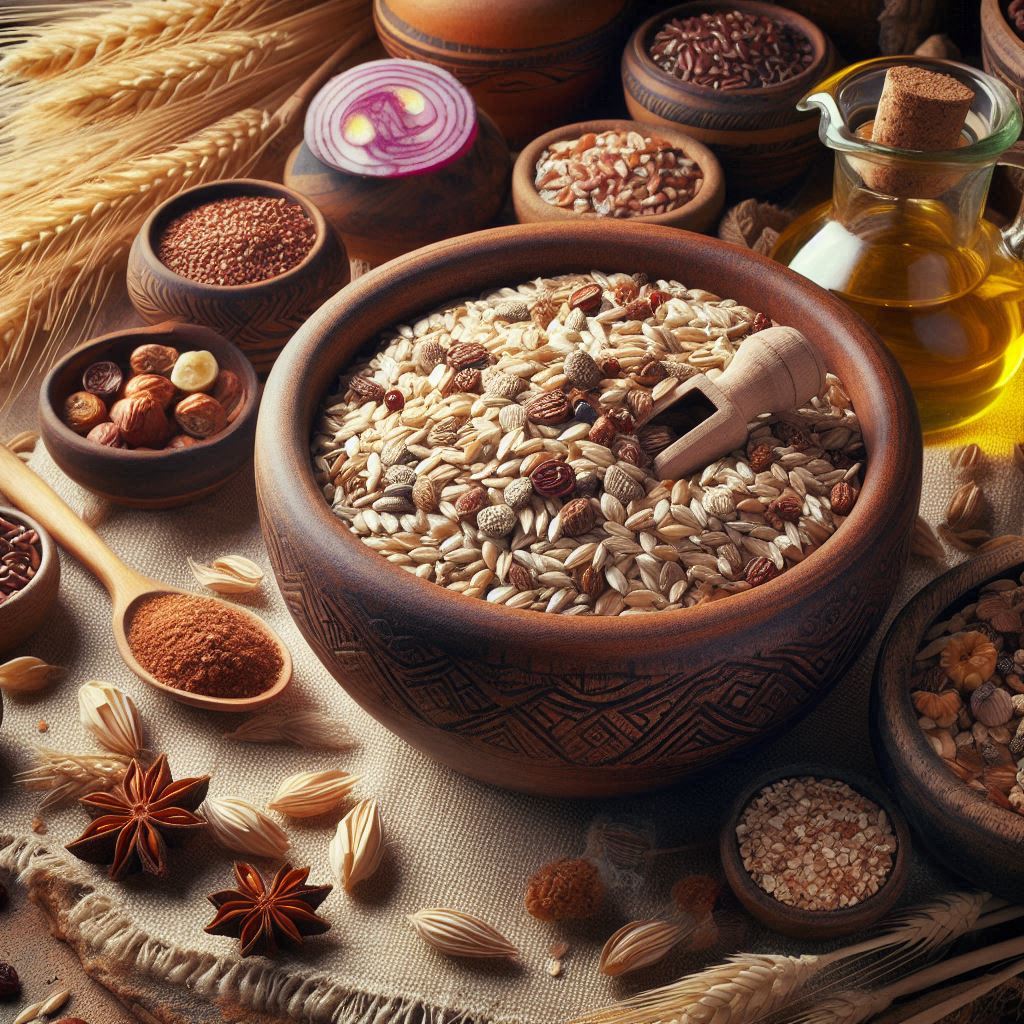In recent years, ancient grains have made a significant comeback in the world of healthy eating, especially in the breakfast aisle. With a growing emphasis on nutrition and wellness, these grains are increasingly featured in cereals, promising a healthier start to the day. But what exactly are ancient grains, and why are they garnering so much attention? Let’s delve into the reasons behind their rise and their benefits as highlighted in recent discussions, including notable mentions in publications like The New York Times.
What Are Ancient Grains?
Ancient grains are varieties of grains that have remained largely unchanged over the centuries. Unlike modern grains, which have been extensively modified through selective breeding, ancient grains have preserved their original form and nutritional profile. Some of the most popular ancient grains include quinoa, farro, spelt, amaranth, and teff.
Nutritional Benefits of Ancient Grains
Rich in Nutrients
One of the key reasons ancient grains are featured in healthy cereals is their impressive nutritional profile. These grains are typically high in protein, fiber, vitamins, and minerals. For instance, quinoa is not only a complete protein, containing all nine essential amino acids, but it is also rich in iron and magnesium. Similarly, farro is packed with fiber, which aids in digestion and helps maintain stable blood sugar levels.
Antioxidant Properties
Ancient grains are also known for their antioxidant properties. Antioxidants help neutralize free radicals in the body, which can reduce inflammation and lower the risk of chronic diseases. For example, amaranth contains high levels of antioxidants like vitamin C and beta-carotene, contributing to overall health and well-being.
Ancient Grains vs. Modern Grains
Less Processed
Unlike modern grains, which often undergo extensive processing that strips away much of their nutritional content, ancient grains are typically less processed. This means they retain more of their natural nutrients. For example, spelt is a form of wheat that has not been refined, maintaining higher levels of vitamins and minerals compared to conventional wheat.
Lower Gluten Content
While not gluten-free, some ancient grains have lower gluten content than modern wheat varieties. This makes them easier to digest for people with mild gluten sensitivities. For example, farro has a different gluten composition that some people find easier on their digestive system compared to more refined wheat products.
Incorporating Ancient Grains into Your Diet
Healthy Breakfast Options
Ancient grains are increasingly being used in cereals as a healthier alternative to more traditional options. These cereals often feature a blend of ancient grains, providing a nutrient-dense start to your day. For instance, a cereal containing quinoa and amaranth can offer a satisfying breakfast that is both filling and nutritious.
Versatile Recipes
Beyond cereal, ancient grains can be incorporated into various recipes. They can be used as a base for salads, added to soups, or even used in baking. Farro, for instance, makes a great addition to a hearty vegetable soup, while quinoa can be used as a side dish or in a breakfast bowl with fruits and nuts.
The Environmental Impact
Sustainable Farming
Ancient grains often require less intensive farming practices compared to modern grains. Many of these grains are hardy and can grow in less-than-ideal soil conditions, reducing the need for chemical fertilizers and pesticides. This makes them a more sustainable choice for environmentally conscious consumers.
Preserving Biodiversity
By choosing ancient grains, consumers can support agricultural biodiversity. These grains are often grown in a variety of environments and help maintain a diverse range of crops. This diversity is crucial for resilient ecosystems and can contribute to long-term food security.
Challenges and Considerations
Availability and Cost
Despite their benefits, ancient grains can be more expensive and harder to find compared to more common cereals. They often require specialized farming and processing, which can drive up costs. However, as their popularity grows, they are becoming more widely available in supermarkets and health food stores.
Culinary Adjustments
Cooking with ancient grains may require some adjustments, as they often have different cooking times and textures compared to more familiar grains. For instance, quinoa cooks relatively quickly, but teff requires more time and careful preparation to achieve the right consistency.
Conclusion
Ancient grains are making a well-deserved comeback in the world of healthy eating, particularly in cereals. Their impressive nutritional profile, combined with their potential environmental benefits, makes them a worthwhile addition to your diet. While they may come with some challenges, the benefits of incorporating ancient grains into your breakfast routine are clear. As the trend continues to grow, it’s worth exploring these grains and discovering how they can contribute to a healthier lifestyle.
FAQs
What are some examples of ancient grains used in cereals?
Examples include quinoa, farro, spelt, amaranth, and teff.
Why are ancient grains considered healthier than modern grains?
Ancient grains are less processed, retain more nutrients, and often have higher protein and fiber content.
Are ancient grains gluten-free?
Most ancient grains are not gluten-free, but some have lower gluten content and may be easier to digest for those with mild sensitivities.
How can I incorporate ancient grains into my diet?
You can add them to cereals, salads, soups, and use them in baking or as side dishes.
What makes ancient grains more sustainable than modern grains?
Ancient grains often require less intensive farming practices and support agricultural biodiversity.
